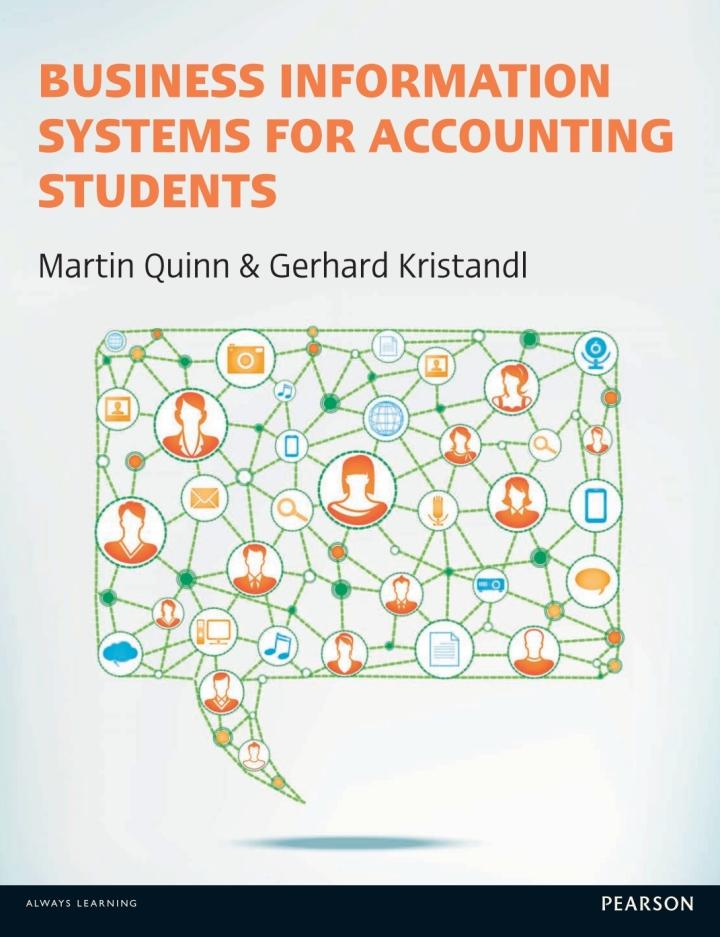Answered step by step
Verified Expert Solution
Question
1 Approved Answer
these questions go with the one diagram. thank you! 0/1 point 12. Company A has the following information excerpted from its financial statements: Dec. 31,
these questions go with the one diagram. thank you! 



0/1 point 12. Company A has the following information excerpted from its financial statements: Dec. 31, Year 3 (Omitted) Accounts Receivable Inventory Total Assets Accounts Payable Total Liabilities Total Owners' Equity Dec 31, Year 1 1,400 11,200 57,400 9,240 21,000 36,400 Dec. 31, Year 2 1,680 15,400 56,000 10,360 19,600 36,400 Year 1 92,300 65,000 27,300 22,400 Year 2 93,600 66,300 27,300 23,380 Year 3 101,400 68,900 32,500 23,240 Revenue COGS Gross Profit Other Expenses (including) - Advertising - Payroll Net Income 10,000 3,000 3,430 11,000 3,200 2,744 9,000 3,300 6,482 Year 2 6,216 (2,327) 0 Year 3 8,200 (2,465) 1,300 Cash flow from operating activities Purchase of PP&E Proceeds from sale of PP&E (other items omitted) Cash flow from Investing activities Proceeds from loan Repayment of loan Repurchase of stock Dividends paid (other items omitted) Cash flow from financing activities Change in cash (2,216) 2,600 (3,360) 0 (2,400) 800 3,000 (9,400) (4,000) (2,600) (3,000) 1,000 (4,500) 4,500 Suppose the company has only two liability accounts as of Dec 31, Year 2: Accounts Payable and Loan Payable. Which of the following statements is correct? The balance in Loan Payable as of Dec 31 Year 3 is $10.000. The balance in Loan Payable as of Dec. 31 Year is $9.240 The balance in Loan Payable as of Dec 31 Year 2 is 59 240 The balance in Loan Payable as of Dec. 31 Year 1 is $2,840. Incorrect Incorrect answer. The ending balance in Year 1%)+ proceeds from loan in Year 2 (2,500 from Statement of Cash Row) - repayment of loan in Year 203,960 from Statement of Cash Flow) = the ending balance in Year 2 (Total Liabilities minus Accounts Payable). You may need to review multiple videos from Weeks 2:5 in order to better understand the concepts in this question Which of the following statements is correct? The company did not take out any loans in Year 2 Assuming the median of return on sales ratio of 5% within the company's industry can be used as an industry benchmark from Year 1 through Yeat 3. The company's return on sales ratio is higher than the industry from Year 1 through Year 3 Assuming the median of gross margin ratio of 30% within the company's industry can be used as an industry benchmark from Year 1 through Year 3. The company's gross margin ratio is higher than the Industry from Year 1 through Year 3 Assuming the median of debe/assets ratio of 36% within the company's industry can be used as an industry benchmark from Year a through Year 3. The company's debtassets ratio in Year 18 higher than the industry Incorrect Incorrect answer. Return on sales ratio Net Income/Revenue. Your 1:3,430/92,300 - 3.7246 Year 2 2,744/93,600 -2.934, Year 3:6, 432/101,400 - 6.39 You may review by returning to the "Analysis of the Income Statemere and Analysis of the Balance Sheet and a Summary Videos Which of the following statements is correct? Gross margin remained constant from year 1 to 2 but gross margin ratio decreased from Year 1 to Year 2 O Return on sales ratio increased from Year i to Year 2 O Revenue grew by a larger percentage from Year 1 to Year 2 than from Year 2 to Year 3. The DebtAssets ratio increased from Year 1 to Year 2. Incorrect Incorrect answer. Debt/Assets Total Liabilities/Total Assets. Year 1: 21,000/47,400 = 36.59% Year 23 19,600/55,000 = 35.00%. You may review by returning to the "Analysis of the Income Statement and "Analysis of the Balance Sheet and a Summary" videos 



Step by Step Solution
There are 3 Steps involved in it
Step: 1
Lets address each of the parts of the question systematically 1 Loan Payable Balance Calculation We need to find the balance in Loan Payable as of Dec ...
Get Instant Access to Expert-Tailored Solutions
See step-by-step solutions with expert insights and AI powered tools for academic success
Step: 2

Step: 3

Ace Your Homework with AI
Get the answers you need in no time with our AI-driven, step-by-step assistance
Get Started


